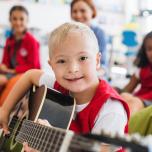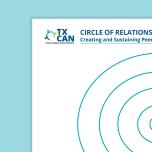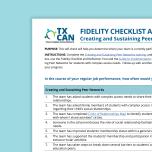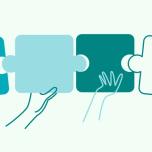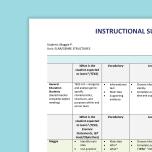Guide to Implementation for Creating and Sustaining Peer Networks
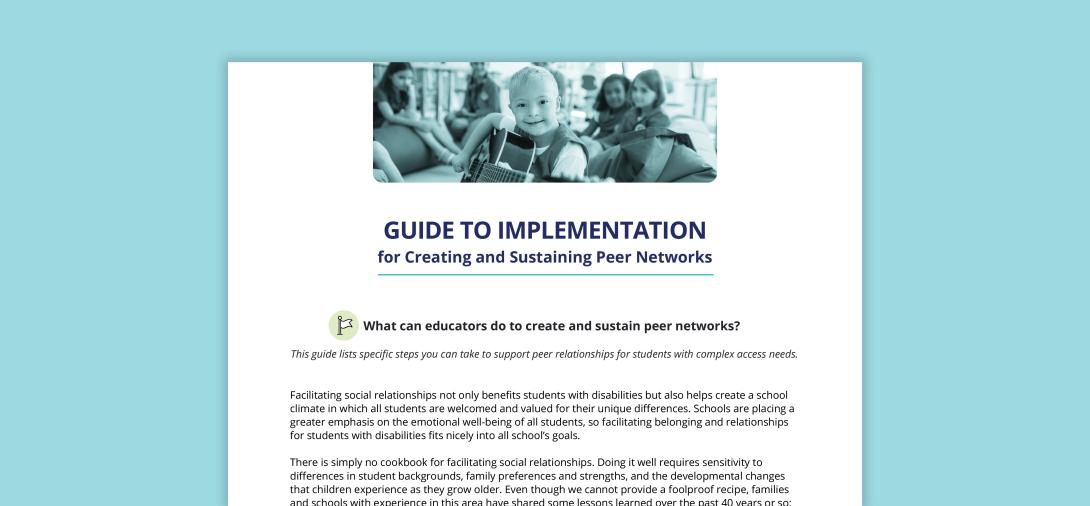
Facilitating social relationships not only benefits students with disabilities but also helps create a school climate in which all students are welcomed and valued for their unique differences. Schools are placing a greater emphasis on the emotional well-being of all students, so facilitating belonging and relationships for students with disabilities fits nicely into all school’s goals.
Even though we cannot provide a foolproof recipe, families and schools with experience in this area have shared some lessons learned over the past 40 years or so: Involve the student, Involve the student’s family, Complete a Circle of Relationships Map. Read the guide to learn more.
This document aligns with the Rubric of Effective Practices for Students with Significant Cognitive Disabilities Indicator II: Effective Teams, Indicator IV: Differentiated Instruction, and Indicator V: Social Communication.
